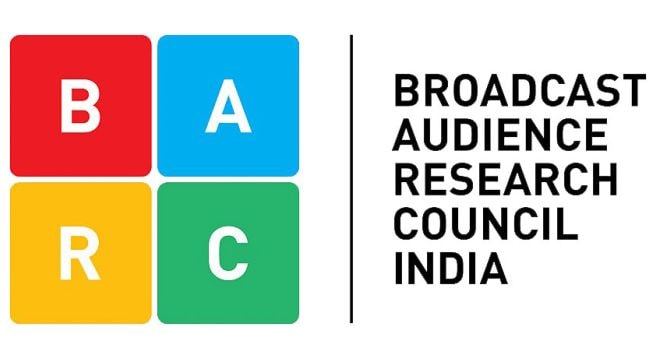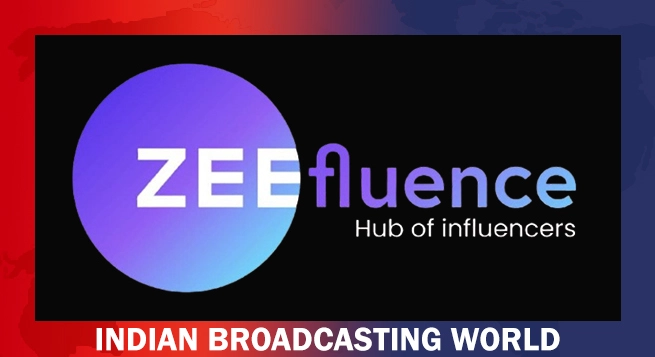An Indian government-appointed committee while batting for multiple TV audience measurement agencies in the country, has also suggested that digital medium too should be measured in a hybrid model and setting up of a ratings agency regulator on the lines of the Media Ratings Council of the United States.
“The committee finds that the current guidelines already provide for multiple rating(s) agencies,” the report, now shared with various industry organisations, pointed out, adding, “…the committee recommends the creation of a specialized media ratings regulator drawing on the experiences of SEBI (the Indian stock markets regulator) in regulating credit rating agencies and of the experience of the Media Ratings Council in the United States.”
The committee felt that it did not see any “significant barriers” within the current guidelines preventing the emergence of multiple rating agencies in competition to BARC India, which presently is regarded as the main audience measurement agency of India with broadcasters, advertisers and ad agencies having a shareholding in this joint industry body.
The government had decided to look into the functioning of Broadcast Audience Research Council India (BARC India) after allegations of widespread data manipulations surfaced last year. Audience data for news TV channels remain suspended till today, though News Broadcasting Federation, one of the two big news broadcasters’ lobbying bodies, has been demanding that BARC India resume data release process immediately for the news category as it was leading to revenue loss for channels.
In November last, the Ministry of Information and Broadcasting (MIB), while announcing the setting up of an expert panel to look into BARC India’s function and ratings realm in general, had observed: “Based on the operation of the guidelines for a few years, there is need to have a fresh look on the guidelines particularly keeping in view the recent recommendations of Telecom Regulatory Authority of India (TRAI), technological advancements /interventions to address the system and further strengthening of the procedures for a credible and transparent rating system.”
The expert panel was headed by Indian national broadcaster Prasar Bharati’s CEO Shashi S. Vempati, who, incidentally, also is an invitee on the BARC India board.
Taking note of technological changes, the committee said crowdsourcing too could be used to measure linear TV audience data.
The report said, “These crowdsourced approaches could be economical alternatives to RPD (return path data) and should be open to the ratings agency to enrich the panel-based measurement with such crowdsourced datasets. The emergence of cloud-based computing, artificial intelligence and the increasing application of large crowdsourced datasets to draw insights have paved the way for methods and practices that were unthinkable in the past. The committee sees merit in combining traditional sample based statistical approaches with big data approaches to overcome limitations of sample-based panels and to allay concerns over how representative such samples are.
“However, given the nascent stage of these innovations, the committee feels any such integration of crowdsourced data into the ratings ecosystem is best left to the discretion of the stakeholder bodies within the ambit of the prescribed guidelines.”
Pointing out that digital advertising was poised to “overtake television advertising in India”, the report noted the global shift towards hybrid audience measurement spanning multiple channels (TV and digital) and the rapid technology innovation hastening this shift.
Apart from urging the government bring in legislation mandating tweaks in STBs to enable gathering of return path data, the committee — like economic carriage regulator TRAI earlier — has recommended specific measures like an “independent oversight” to BARC India as also restructuring of its corporate governance methods, apart from suggesting increasing the base for TV data collection in line with global benchmarks for a panel size in proportion to TV households typical of a large and diverse market like India.
 Will BCCI ban tobacco, alcohol, crypto promotions during IPL?
Will BCCI ban tobacco, alcohol, crypto promotions during IPL? 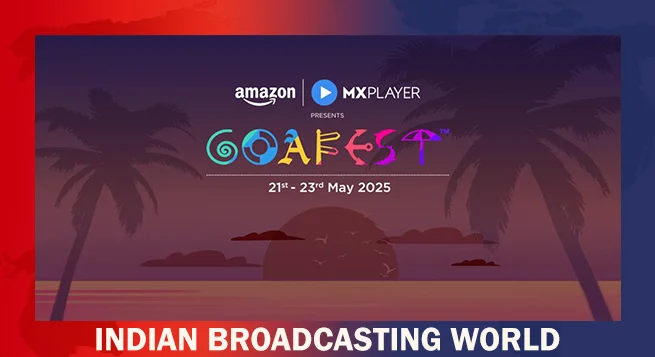 Goafest returns to Goa this year in May
Goafest returns to Goa this year in May 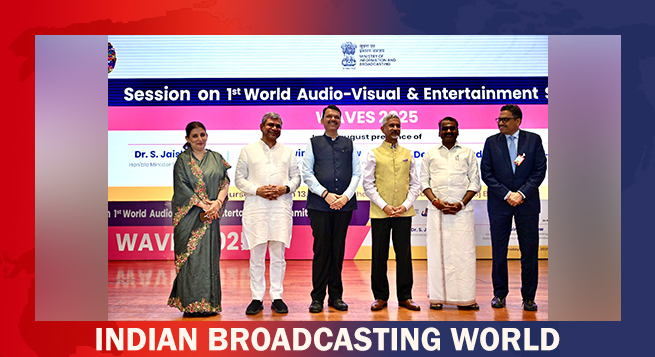 Top India Ministers pitch WAVES ’25 to foreign envoys in New Delhi
Top India Ministers pitch WAVES ’25 to foreign envoys in New Delhi 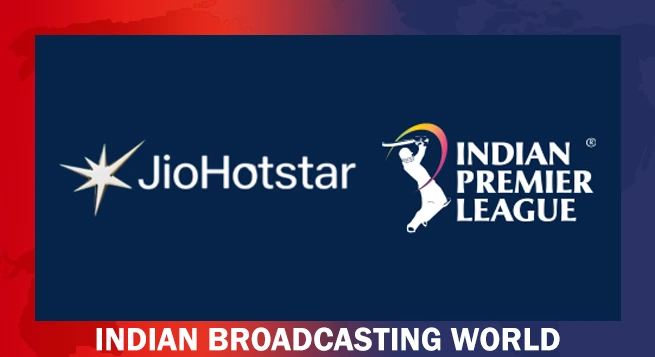 JioStar secures 20 top brands for TATA IPL 2025
JioStar secures 20 top brands for TATA IPL 2025 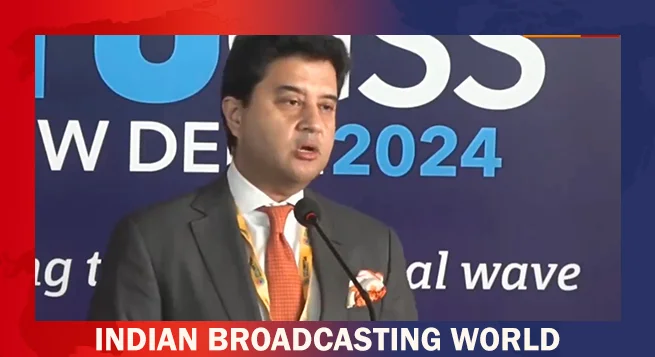 Telecom Minister Scindia bats for need of satellite internet
Telecom Minister Scindia bats for need of satellite internet 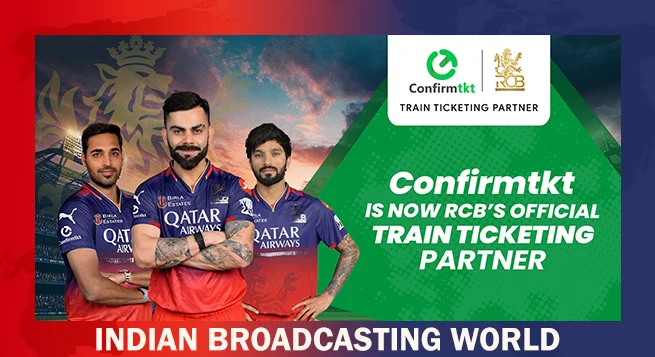 ConfirmTkt renews RCB partnership ahead of IPL start
ConfirmTkt renews RCB partnership ahead of IPL start 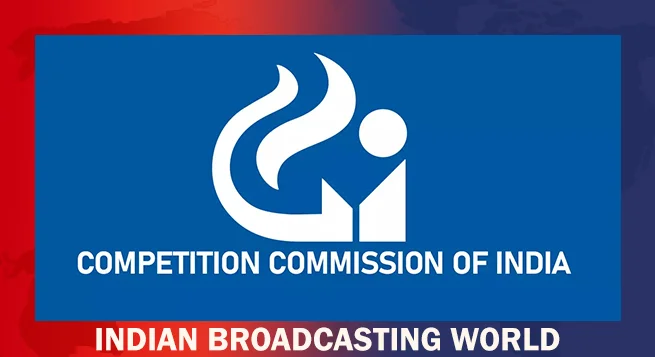 India antitrust body raids offices of global ad agencies, IBDF
India antitrust body raids offices of global ad agencies, IBDF 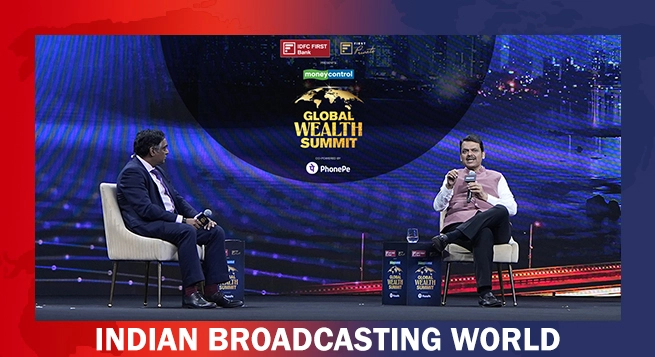 Moneycontrol Global Wealth Summit charts India’s $10 trillion market-cap journey
Moneycontrol Global Wealth Summit charts India’s $10 trillion market-cap journey 


